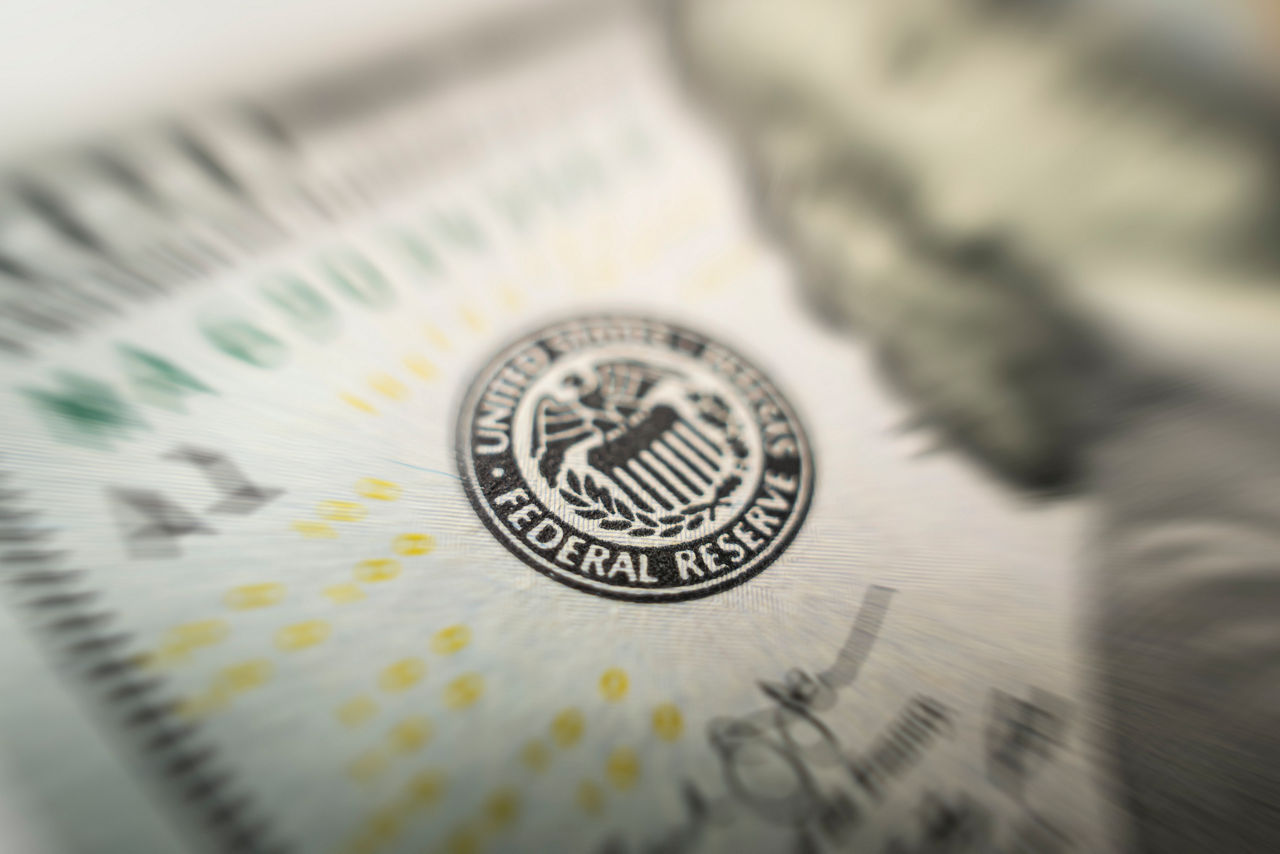Cracks appearing to form in the US labor market reignited fears of an economic slowdown and raised expectations for a dovish pivot at the Federal Reserve, causing markets to whipsaw over the past week. The jobs report last Friday revealed there was a sharper deceleration in hiring over the last few months than previously thought. The Labor Department said US employers added 73,000 jobs in July, and “larger than normal” revisions for May and June knocked a combined 258,000 jobs from the agency’s initial calculations. Meanwhile, a contraction in the manufacturing sector worsened in July amid weaker hiring and new export orders, based on a survey from the Institute for Supply Management on Friday. The services sector continued to grow, albeit at a slower pace, the ISM said in a separate report on Tuesday. Negotiations over US tariff rates, as well as news that additional import taxes on chips and pharmaceuticals are on the horizon, contributed to market volatility.
Murky economic indicators have boosted expectations that the Fed will cut interest rates in September and at least once more before the end of the year, according to interest rate futures tracked by the CME Group’s FedWatch Tool. The central bank has held off from cutting rates amid concerns that tariffs could drive up inflation in the short run, but a deteriorating labor picture might push officials to ease borrowing costs—particularly if next week’s inflation data look tame. An annual summit of central bankers in Jackson Hole, Wyoming, starting on Aug. 21 could offer Fed Chair Jay Powell a venue to update markets on what officials think about labor conditions and the path ahead for interest rates.
PGIM’s fixed income team dissects the macro landscape in the newest Weekly View from the Desk, exploring the possibility that divergence between central bank policy rates will continue to widen.
you may also like
-
Fed Cuts Rates, Signals Caution AheadThe Federal Reserve lowered interest rates for a third straight meeting but signaled that it could be done cutting for the time being, reflecting a clash between the outlook for jobs and inflation.
Read More
-
Markets Await Fed VerdictThe Federal Reserve’s rate-setting committee is set to gather next week amid fresh indications that cracks may be forming in the U.S. labor market.
Read More
-
Complex Outlook Drives Investors to Gold, Other AlternativesPrecious metals such as gold and other alternative assets are attracting investor demand during a period of heightened fiscal uncertainty.
Read More
-
US Government Shutdown Brings New UneaseA partial shutdown of the US federal government blurred investors’ visibility into the health of the economy.
Read More





